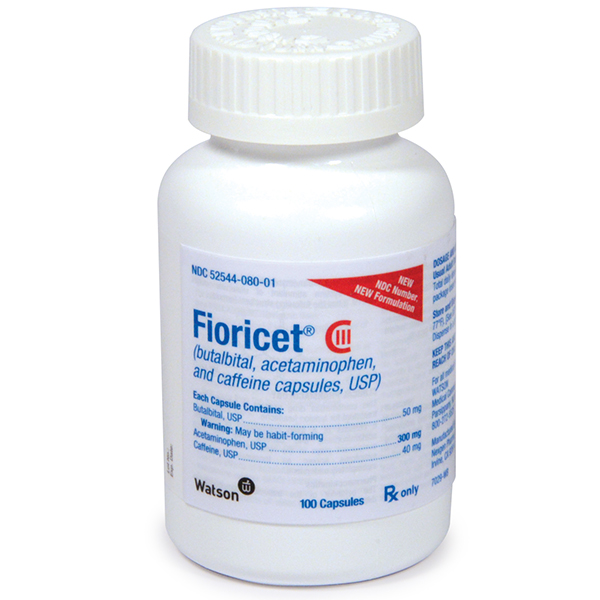Butalbital/acetaminophen/caffeine Capsules Generic Name & Formulations
Legal Class
General Description
Pharmacological Class
See Also
How Supplied
Contact supplier
Manufacturer
Mechanism of Action
Butalbital/acetaminophen/caffeine Capsules Indications
Indications
Butalbital/acetaminophen/caffeine Capsules Dosage and Administration
Adult
Children
Butalbital/acetaminophen/caffeine Capsules Contraindications
Contraindications
Butalbital/acetaminophen/caffeine Capsules Boxed Warnings
Not Applicable
Butalbital/acetaminophen/caffeine Capsules Warnings/Precautions
Warnings/Precautions
Risk of hepatotoxicity (acetaminophen >4g/day). Discontinue at 1st sign of rash or any other hypersensitivity. Also with Codeine: assess the potential need for access to naloxone when initiating and renewing therapy. Consider prescribing naloxone based on risk factors for overdose (eg, history of opioid use disorder, prior opioid overdose, household members or other close contacts at risk for accidental ingestion or overdose). Abuse potential (monitor). Life-threatening respiratory depression esp. during initiation or following dose increases. Accidental exposure may cause fatal overdose (esp. in children). Sleep-related breathing disorders (including central sleep apnea (CSA), sleep-related hypoxemia); consider dose reduction if CSA develops. Risk of life-threatening respiratory depression and death related to ultra-rapid metabolizers of codeine (esp. in children for post-tonsillectomy and/or adenoidectomy pain). Avoid in adolescents 12–18yrs with conditions associated with hypoventilation (eg, post-op status, obstructive sleep apnea, obesity, severe pulmonary disease, neuromuscular disease, concomitant drugs that cause respiratory depression). COPD, cor pulmonale, decreased respiratory reserve, hypoxia, hypercapnia, or pre-existing respiratory depression; monitor and consider non-opioid analgesics. Opioid-induced hyperalgesia (OIH) and allodynia; consider decreasing dose of current opioid or opioid rotation if OIH is suspected. Monitor for signs of hypotension when initiating or titrating dose. Adrenal insufficiency. Head injury. Increased intracranial pressure, brain tumors; monitor. Seizure disorders. CNS depression. Impaired consciousness, coma, shock; avoid. Biliary tract disease. Acute pancreatitis. Acute abdomen. Reevaluate periodically. Avoid abrupt cessation. Severe renal or hepatic impairment (monitor). Ultra-rapid metabolizers (due to CYP2D6 polymorphism): avoid. Drug abusers. Elderly. Cachectic. Debilitated. Pregnancy; potential neonatal opioid withdrawal syndrome during prolonged use. Labor & delivery, nursing mothers: not recommended.
Butalbital/acetaminophen/caffeine Capsules Pharmacokinetics
Absorption
Butalbital and acetaminophen are well absorbed from the GI tract.
Distribution
Plasma protein bound: 45% (butalbital); 10–25% (acetaminophen).
Elimination
Butalbital: renal (59–88%). Acetaminophen: renal (~85%). Caffeine: renal (70%). Half-life: ~35 hours (butalbital); 1.25–3 hours (acetaminophen); ~3 hours (caffeine).
Butalbital/acetaminophen/caffeine Capsules Interactions
Interactions
Butalbital/acetaminophen/caffeine Capsules Adverse Reactions
Adverse Reactions
Drowsiness, lightheadedness, dizziness, sedation, shortness of breath, nausea, vomiting, abdominal pain, intoxicated feeling; hepatotoxicity, serious skin reactions or other hypersensitivity (rare). Also with Codeine: respiratory depression, orthostatic hypotension, syncope, OIH and allodynia.
Butalbital/acetaminophen/caffeine Capsules Clinical Trials
See Literature
Butalbital/acetaminophen/caffeine Capsules Note
Not Applicable
Butalbital/acetaminophen/caffeine Capsules Patient Counseling
See Literature
Images
